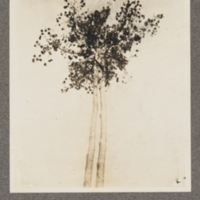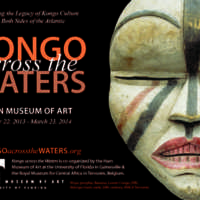
Kongo Across the Waters, Princeton Art Museum (25 October 2014 - 25 January 2015)
Kongo across the Waters examines 500 years of cultural exchange between the Kongo, Europe, and the United States, showing the rise of Kongo as a major Atlantic presence and the transmission of Kongo culture through the transatlantic slave trade into American art.
Drawing from the incomparable collections of the Royal Museum for Central Africa in Tervuren, Belgium, including masterpieces that have never before been seen in the United States, this groundbreaking exhibition investigates how the Kingdom of Kongo in West Central Africa evolved over five centuries and contributed to the cultural life of enslaved Africans and their descendants in North America. Manuscripts, maps, engravings, photographs, and videos provide contextual information, and the accompanying 448-page catalog further explores the art of the Kongo and of the Kongo diaspora.
Kongo across the Waters is a joint project organized by the Samuel P. Harn Museum of Art, University of Florida, Gainesville, Florida, and the Royal Museum for Central Africa, Tervuren, Belgium, and is supported by an indemnity from the Federal Council on the Arts and the Humanities. At Princeton, supplementary interpretive content has been developed by the Princeton University Art Museum. The exhibition at Princeton has been made possible by generous support from the National Endowment for the Arts; the Frances E. and Elias Wolf, Class of 1920, Fund; Susan and John Diekman, Class of 1965; the David A. Gardner ’69 Magic Project; the Department of Art and Archaeology, Princeton University; and an anonymous fund. Additional funds have been provided by the Allen R. Adler, Class of 1967, Exhibitions Fund; Heather and Paul G. Haaga Jr., Class of 1970; Holly and David Ross; Andrew W. Mellon Foundation; the New Jersey State Council on the Arts/Department of State, a Partner Agency of the National Endowment for the Arts; and by the Center for African American Studies, the Program in African Studies, the Office of Religious Life, the Lewis Center for the Arts, and the Department of English, Princeton University. Further support has been provided by the Partners and Friends of the Princeton University Art Museum.
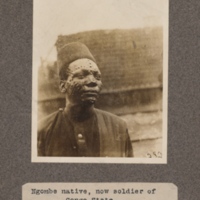
Ngombe native, now soldier of Congo state
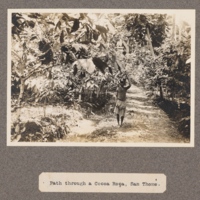
Path through Cocoa Roca, San Tomè.
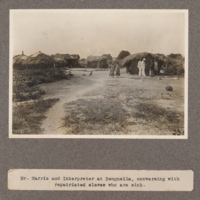
Mr. Harris and Interpreter at Benguella, conversing with repatriated slaves who are sick.
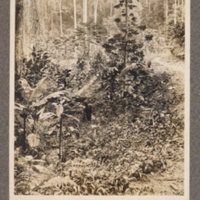
View on Cocoa Farm, Kinyati, Mayumbe.
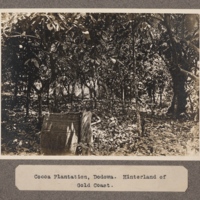
Cocoa Plantation, Dodowa. Hinterland of the Gold Coast.
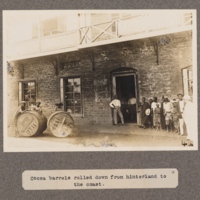
Cocoa barrels rolled down from the hinterland to the coast.
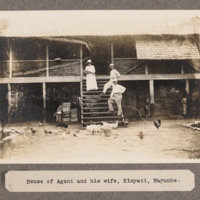
House of Agent and his wife, Kinyati, Mayumbe.
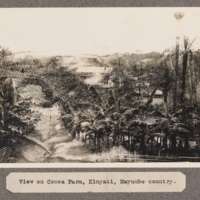
View of Cocoa Farm, Kinyait, Mayumbe country.
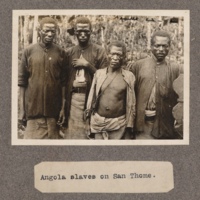
Angola slaves on San Tomè
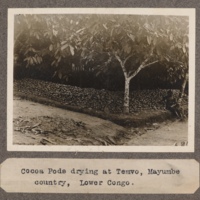
Cocoa pods drying at Temvo, Mayumbe country, Lower Congo
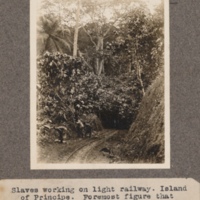
Slaves working on light railway. Island of Principe. Foremost figure that of lad born in slavery.

Making palm oil, Baringa, Upper Congo
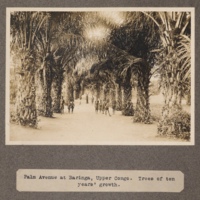
Palm Avenue at Baringa, Upper Congo. Trees of ten years' growth.
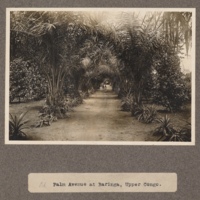
Palm Avenue at Baringa, Upper Congo
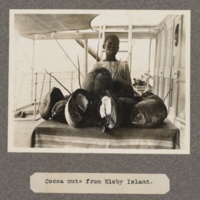
Cocoa nuts from Eloby Island
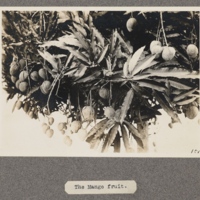
The mango fruit
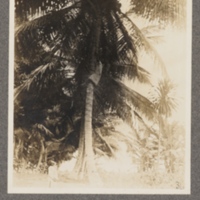
Cocoa-nut palms on Eloby Island, Spanish Guinea
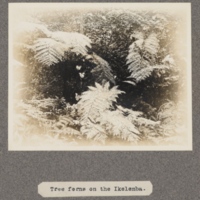
Tree ferns on the Ikelemba
